About the Authors
Rob Simms is a multi-instrumentalist and author of The Repertoire of Iraqi Maqam and co-author (with Amir Koushkani) of The Art of Avaz and Mohammad Reza Shajarian: Foundations and Contexts . He is associate professor of music at York University in Toronto.
Amir Koushkani is a soloist and collaborative performer, composer, arranger, and instructor of the traditional Persian stringed instruments tar and setar. He is a PhD candidate in ethnomusicology at York University, Toronto.
Mohammad Reza Shajarians Avaz in Iran and Beyond, 19792010
Published by Lexington Books
A wholly owned subsidiary of The Rowman & Littlefield Publishing Group, Inc.
4501 Forbes Boulevard, Suite 200, Lanham, Maryland 20706
http://www.lexingtonbooks.com
Estover Road, Plymouth PL6 7PY, United Kingdom
Copyright 2012 by Lexington Books
Ostad Mohammad Reza Shajarian has generously given permission to use music and lyrics from his recordings of Bidad-Homayoun, Astan e Janan, Nava (Morakeb Khani), Dastan, Yad e Ayam, Shab Sukut Kavir, and Zemestan Ast and selected photographs and interview materials.
All rights reserved. No part of this book may be reproduced in any form or by any electronic or mechanical means, including information storage and retrieval systems, without written permission from the publisher, except by a reviewer who may quote passages in a review.
British Library Cataloguing in Publication Information Available
Library of Congress Cataloging-in-Publication Data
Simms, Rob, 1962
Mohammad Reza Shajarian's avaz in Iran and beyond, 19792010 / Rob Simms and Amir Koushkani.
p. cm.
Includes bibliographical references and index.
ISBN 978-0-7391-7209-4 (cloth : alk. paper) ISBN 978-0-7391-7210-0 (electronic)
1. Shadjarin, Mohammad Rez. 2. SingersIranBiography. I. Koushkani, Amir, 1968- II. Title.
ML420.S52415S56 2012
782.42169092dc23
[B]
2011046466
 The paper used in this publication meets the minimum requirements of American National Standard for Information SciencesPermanence of Paper for Printed Library Materials, ANSI/NISO Z39.48-1992.
The paper used in this publication meets the minimum requirements of American National Standard for Information SciencesPermanence of Paper for Printed Library Materials, ANSI/NISO Z39.48-1992.
Printed in the United States of America
Dedicated to
the spirit and freedom
of the people of Iran
Preface
This book is the second volume of a three-part study that examines the music and public profile of Mohammad Reza Shajarian as a major artist and figure through the late-twentieth/early-twenty-first century. The first volume, The Art of Avaz and Mohammad Reza Shajarian: Foundations and Contexts (Simms and Koushkani 2012) examines Shajarians musical biography up to the Islamic Revolution of 1979 while sketching out the broader context of the tradition of avaz that he inherited. The latter domain includes the following topics and issues: the aesthetic of iham or the polysemous quality exploited in poetry and other areas of Iranian culture; the history of avaz; tradition, modernity, and the role of the individual in Iranian culture; Iranian traditions of narrative performance, along with the concomitant activities of rhetoric and truth-telling. The first volume also contains a detailed examination of Shajarians creative toolkit, the materials and processes he engages while weaving together poetry and music into a performance of avaz. The present volume focuses on Shajarians activities, oeuvre of recordings, and sociopolitical significance in the postrevolutionary periodhis ascendency to national superstar status and an increasingly global presencewhile sketching out and placing him within the larger context of Iranian musical culture. The third component of the study is a collection of transcriptions of the complete performances of Shajarians avaz from his most important albums (Simms 2012), which are discussed in detail in the present volume.
This book picks up the historical-biographical trajectory of the first volume and continues in the trialogue format of the latter. Each of the topics and headings that form the narrative flow of the book are directly expounded upon from the very different perspectives and subjective experiences of the artist, the cultural insider, and the ethnomusicologist. Our voices are clearly differentiated and identified through the use of contrasting fonts and the inclusion of our respective initials at the opening of individual statements:
OS: Ostad Shajarian
AK: Amir Koushkani
RS: Rob Simms
Details and the rationale for employing this style of presentation, along with conventions of transliteration and italicization in the text are given in the Preface of the first volume. Likewise, the specific multidisciplinary approach described in the latter carries over to the present volume. All translations of poetry in this book are by Camran Chaichian, Amir Koushkani, and Rob Simms, unless otherwise specified. As noted in the previous volume, Amir Koushkanis personal word-painting glosses, which figure prominently in this book, retranslate selected lines in explicating a particular layer of iham . Translations of Ostad Shajarians interviews were again primarily crafted by Mahmood Schricker, with occasional contributions by Amir Koushkani and Rob Simms. Due to restrictions of space, this book only includes short excerpts of transcription from the Performance Examples of Chapters 2 and 3. Complete transcriptions of the excerpts discussed in the text, along with the complete comparative transcription of the two alternate performances of Dastan discussed in Chapter 3, are posted online at www.yorku.ca/robsimms/shajarian.
The authors again extend their sincere thanks to Camran Chaichian, Jean During, Christy de Felice, Teymour Dowlatshahi, Jim Kippen, Irene Markoff, Pari Azarm Motamedi, Mansour Motamedi, Bruno Nettl, Hossein Omoumi, Ehsan Ovisi, Valorie Salimpoor, Homayoun Shajarian, Vladimir Simosko, Mahmood Schricker, Urszula Starzec, and Shahrokh Tuisrkani and his family, with special thanks to Shabnam Ataei. Our ultimate and deepest thanks go to Ostad Shajarian.
Chapter 1
Revolution, War, and Music
RS
Centering on 1979 and the decade of the 1980s this chapter deals with phase transitions and chaos on multiple levels: Iranian politics (both domestic and international), culture, musical life and mediation, as well as Shajarians consciousness through his meetings with Ostad Dadbeh, and how this changed his music. Shajarians reaction to the Islamic Revolution, the huge adjustments he had to make in the chaotic and dangerous new order combined with a heightened spiritual and social awareness, the accumulative musical knowledge he had acquired, and the optimum balance of strength and maturity in his vocal mechanism all contributed to establishing his mature, "trademark " style and resulted in a remarkable series of albums (discussed in chapter 2) that were to become landmark recordings in the history of avaz in the late twentieth century, as well as issuing major socio-political statements.
The chapter begins with a brief overview of the political and historical events of the revolution itself before describing the radically different musical culture that followed from its ideology and bureaucracy. Shajarians musical activities are outlined against this background of repressive measures, the new medium of cassettes, important innovations in musical style of the 1980s, modes of musical resistance, shifts in scholarly discourse, and the ways in which Persian music actually benefitted from this otherwise hostile environment.
The Islamic Revolution and the Iran-Iraq War
Shajarians most significant musical statements were made in the 1980s, a tumultuous decade in Iran forged by the Islamic Revolution and the Iran-Iraq War. The following brief historical discussion of these monumental events is provided for the benefit of those readers unfamiliar with the history, especially in view of the systemic lack of attention and transparency symptomatic of Western media and public education.


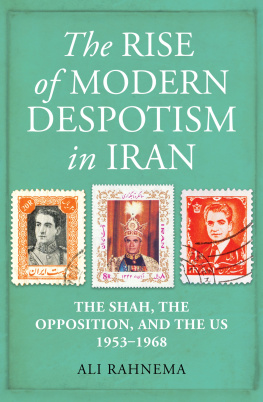
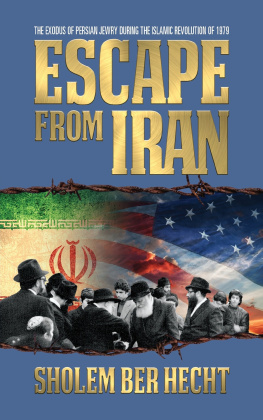
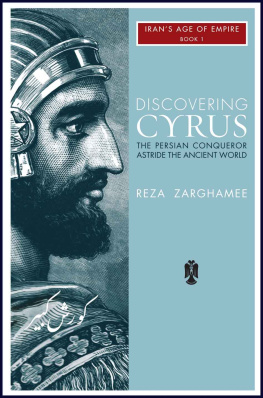

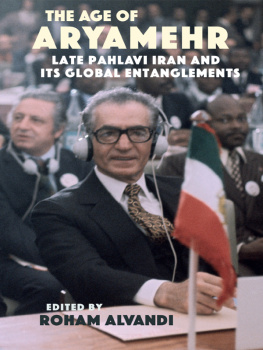
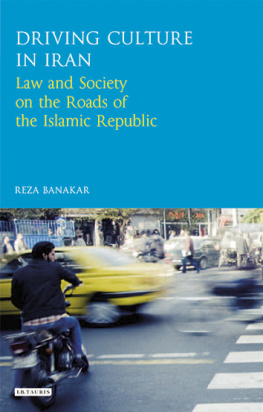
 The paper used in this publication meets the minimum requirements of American National Standard for Information SciencesPermanence of Paper for Printed Library Materials, ANSI/NISO Z39.48-1992.
The paper used in this publication meets the minimum requirements of American National Standard for Information SciencesPermanence of Paper for Printed Library Materials, ANSI/NISO Z39.48-1992.